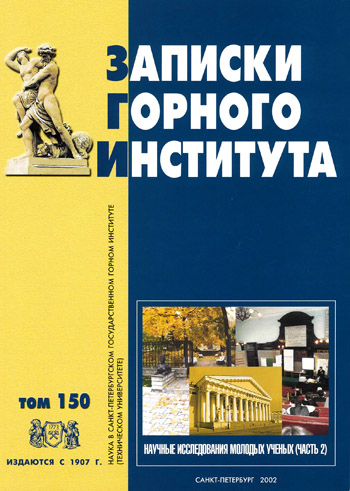Peculiarity of mass transfer under the action of radial-axial blowing jets
- Postgraduate student G.V. Plekhanov Saint Petersburg Mining University
Abstract
One of the main features of metallurgical units based on sulfide material blowing is the method of blast feeding. There are two basic ways of blowing: immersed and non-immersed. The first way is characterized by high thermal loads on tuyere belt, so the use of technical oxygen is impossible or requires intensive cooling, which is connected with increased heat losses to the external environment. Non-loaded blast feeding is free in the choice of blast and is limited in terms of productivity only by the limiting amount of blast. When using a jetting apparatus, the design of radial-axial tuyeres allows increasing the limiting quantity of blowing by 6-10 times. For circular motion of viscous incompressible liquid in a cylindrical vessel, arising as a result of tangential stresses distributed over free surface, analytical solution of Navier-Stokes equation has been obtained. The mathematical model allows determining optimal process parameters and design features of apparatus for intensification of mass-exchange processes.
